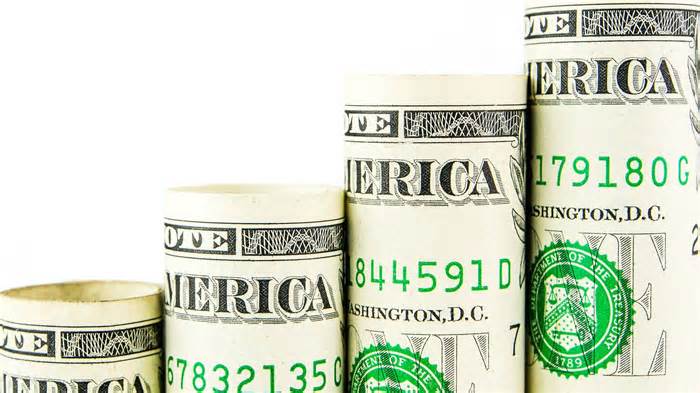
A tip of the hat to my fellow Americans. You are a resilient bunch. These past months have been grueling, and our hearts go out to those who have lost loved ones, businesses and livelihoods. We will rebuild, of course, with time and determination.
There is, however, a bit of good news. The American consumer is in surprisingly good shape, and investors should take note.
During the month of April the personal savings rate surged 33%. Consumer balance sheets are also in excellent condition. This is the first recession in 50 years where consumer debt, as a percentage of disposable income, has been in a declining trend prior to the downturn. The same is also true with interest payments as a portion of nominal disposable income. The previous five recessions have all been preceded by rising debt loads.
The national statistics further show that real disposable income was up 13% in April; this, is in large part, thanks to fiscal stimulus which is credited with increasing per capita disposable income. Add to that consumer confidence is much higher than it was during the last recession and small business confidence is rising. Lower energy prices along with historically low interest rates complete the bullish consumer picture.
None of this will matter over the long-term if Americans aren’t working, but during recent employment surveys around 77% of furloughed workers expected to be rehired by their employers. And recently we saw the nonfarm payrolls number increase by over 2.5 million jobs versus expectations of a loss of 7.5 million jobs. The data are always noisy and may be revised but the trend is certainly moving in the right direction. America is reopening.
Since March 23 when the market bottomed, through Friday, June 12, the S&P 500 is up 39%. After the Feb. 19 to March 23 bear market (the shortest and most violent in history), this rebound is nothing short of astonishing. So, what do investors do now?
Consumers are 2/3 of the economy
As the country reopens, retail spending will likely increase. Look for beneficiaries of spending as American’s hit the road, the restaurants and retail establishments. Select companies with brands you know and trust. Again, consensus earnings estimates for consumer discretionary stocks in 2021 are expected to rise over 100%. Near term earnings disappointments may provide an entry point if you find a company you like.
Hunker down
Stocks are marked to market every millisecond. This causes investors to focus too intently on near-term moves. A willingness to hold stocks for three- to five-years is realistic and reasonable. When you buy the stocks of great companies, over the long-term you will be happy with your return.
Avoid the tempting risk trade
Hertz is the perfect example of a risk trade. Here is a company in bankruptcy who petitioned the bankruptcy court to issue 247 million new shares that the company concedes “might wind up worthless.” The stock rallied almost 40% on the day. If, like me, this doesn’t make sense to you, don’t bite. These kind of trades rarely end well.
Remain humble and alert
Investing is like body surfing. Riding the waves in temperate waters is a pleasure but can lead to complacency. When the inevitable monster wave explodes on the scene complacency can be fatal. Don’t be reckless and drift too far into risky, deep value names. Quality companies in times like these provide a ballast in turbulent waters.











